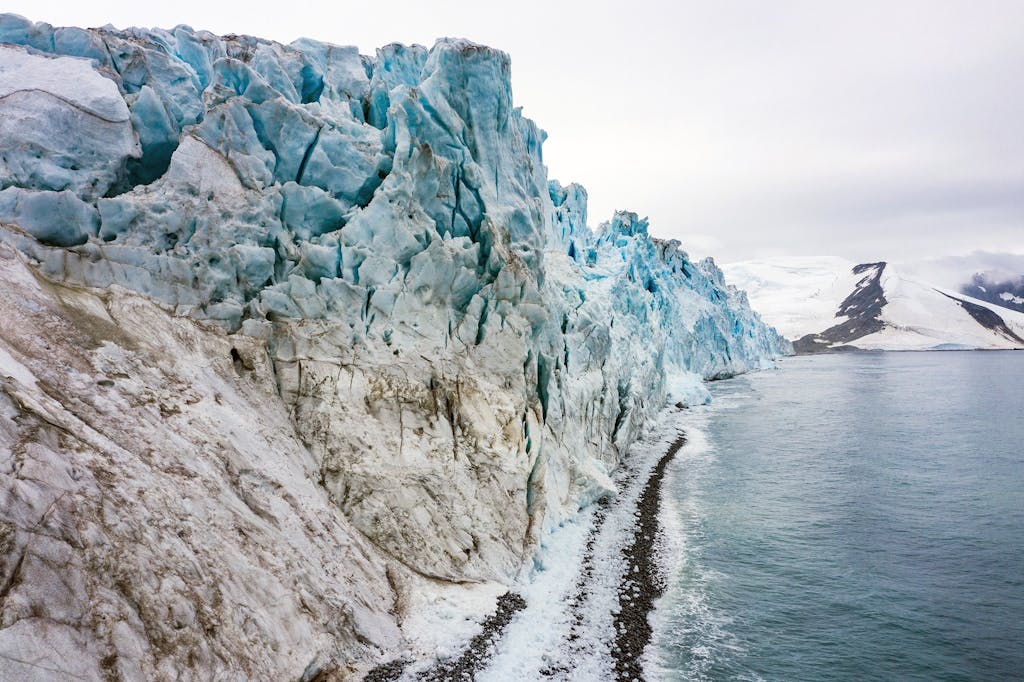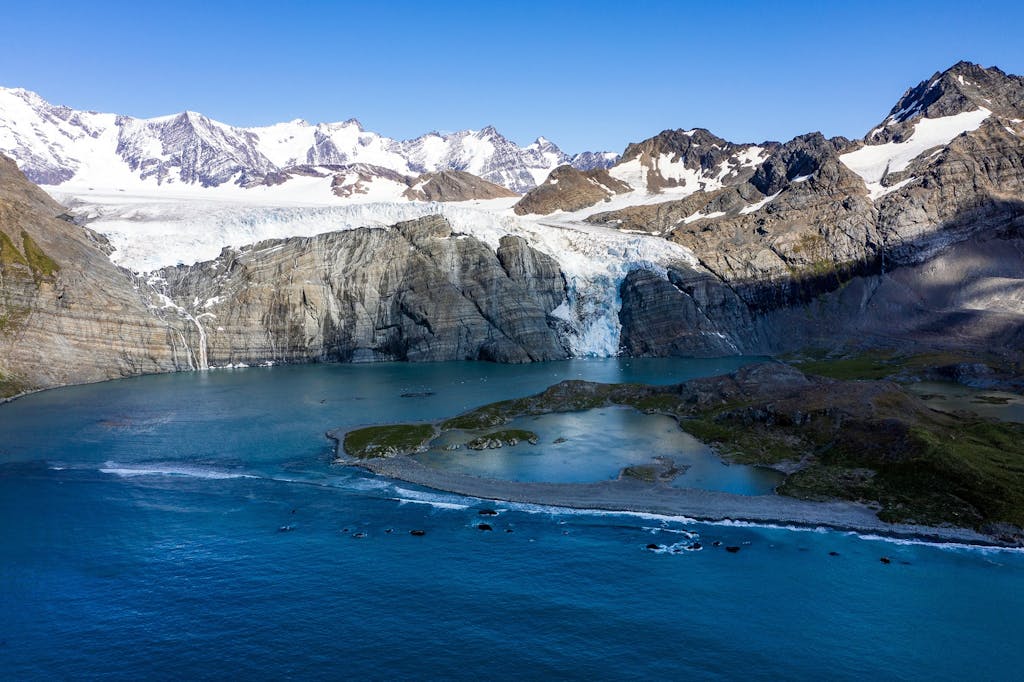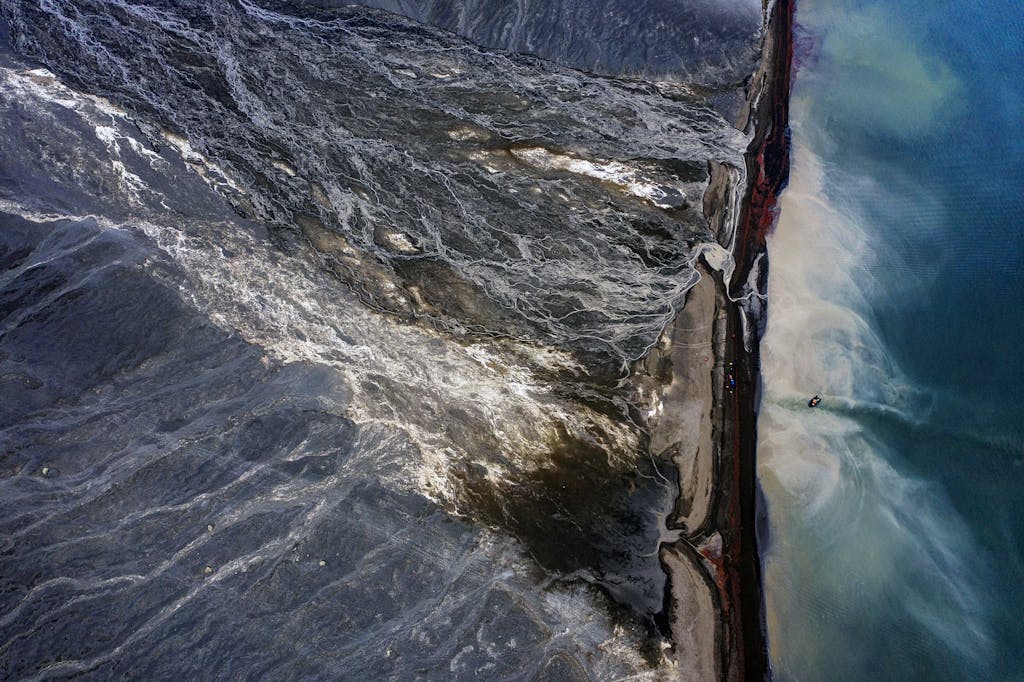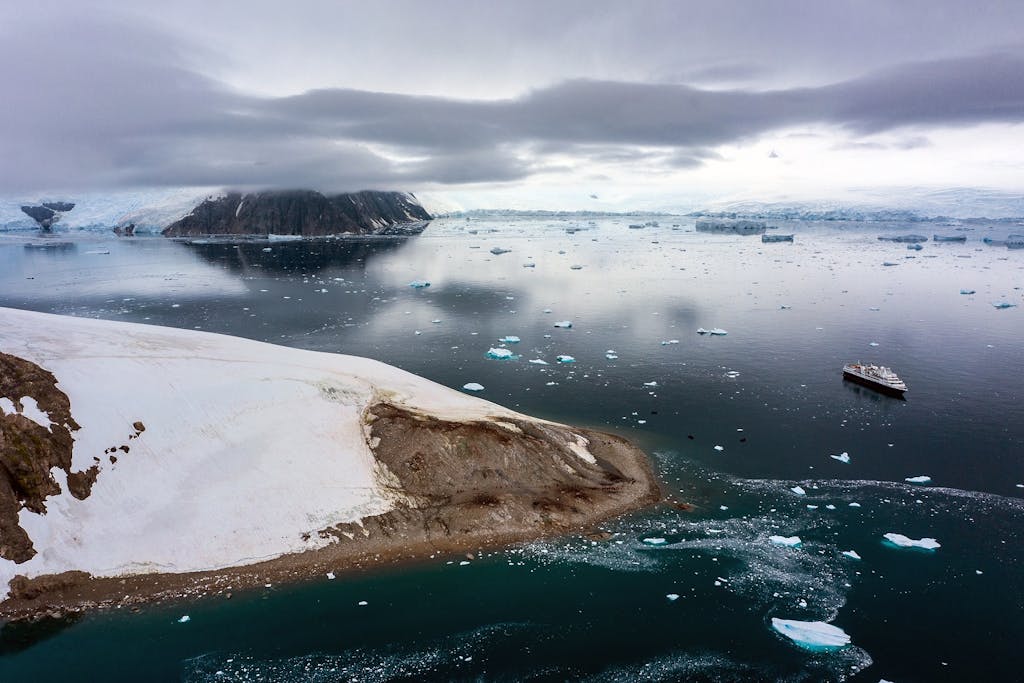Behind the Lens: Soaring High in the Subantarctic
Filmed using only a device smaller than a shoe box, a DJI Mavic Pro 2 drone, Expedition Filmmaker Benn Berkeley‘s latest ‘Behind the Lens‘ video for Silversea Cruises showcases the majestic beauty of the southern polar region and captures the true spirit of expedition filmmaking. With each frame, the viewer is transported well above the peak of a soaring mountain, into Antarctica’s white-clouded sky, where their horizons are broadened and their curiosity is inspired. For Berkeley, filming with a drone offers a new perspective on guests’ experiences.
“Antarctica and the Subantarctic Region have such immense, dramatic landscapes that it’s often difficult to convey the spectacular beauty of our surroundings.”
Benn Berkeley, Expedition Filmmaker
Taking to the Skies: “Simply doing justice to what we were seeing was my objective,” starts Berkeley. “Antarctica and the Subantarctic Region have such immense, dramatic landscapes that it’s often difficult to convey the spectacular beauty of our surroundings. When I sailed to the Antarctica with Silversea in February 2020, everybody on board was united by the incredible and unique moments we were experiencing. I just wanted to be able to capture the spectacle for their enjoyment, while showcasing the moment from a difference perspective.”

First Time to Antarctica: “It was my first time in the Subantarctic. I arrived in the region without really knowing what to expect. I thought the environment would have been consumed by ice, but you’re immediately struck by the variation of landscapes. Glaciers that seem to groan and breathe. Incredible rock formations. Vast green snow-capped mountains. I wasn’t prepared for the enormity of the environment. While the ship is relatively small in size, Silver Explorer seemed to be vast when viewed from the water level. Yet Silversea’s 144-passenger ship was dwarfed by the soaring peaks of South Georgia, Deception Island, and the various other destinations I visited during three Subantarctic voyages. But there was no real sense of scale from low altitudes. We couldn’t really see beyond the nearest mountains, and so the vastness of the land was hidden from view.”

The Challenges of the South: “It can be challenging to do such a proliferation of scenes justice on camera. Trying to capture the immensity of everything is overwhelming, especially when you see it for the first time. While the sight of towering glaciers, vast snow-capped mountains, and expansive plains of multi-colored earth will stick with me forever, there was just one way I could capture footage of the scenery. For me, the only way to really film what you’re experiencing is through a drone; by soaring high up into the air and gaining a birds-eye perspective of the terrain, you really develop an appreciation for the magnitude of your surroundings.
While traveling aboard Silver Explorer in the Subantarctic region, I’d launch the drone as often as I could. I would either take off from the stern of the ship or from the Zodiacs, plus from ashore. With a drone, I was able to situate the ship in the destination, which gave the shots scale and conveyed the grandeur of the mountains. You couldn’t comprehend the scale of everything unless you viewed it from afar.
The weather can make it particularly difficult to film using a drone in Antarctica; you will often face katabatic winds which sweep in from the mountains and can switch on in a moment’s notice. I had to be cautious in my approach—it takes great patience. I remember on one particular afternoon near Deception Island, I was filming with the drone from a Zodiac. A strong gust of wind seemed to knock me off course, but luckily I regained control and the footage came out beautifully.”

Filming from Silver Explorer: “The expedition experience to the Subantarctic Region is amazing and offers keen photographers the opportunity to really form an affinity with the destination, to capture new angles and new subjects. Silver Explorer’s Zodiacs were crucial in enabling us to access the various landing spots, as well as touring around the islands to view the wildlife and the region’s fascinating geographical features.
The ship fosters an intimate community among guests, who come together to enjoy an experience together when on board. Whale sightings, for example, brought us all together on the top deck. I remember one particular moment when we spotted orcas on the starboard side. The Captain made an announcement and most of the ship’s guests took great joy in viewing the whales together. We then discussed it afterwards with the Expedition Team, enjoying a strong feeling of accomplishment. There was such great camaraderie. Many of Silversea’s guests are passionate photographers. I really enjoyed talking about the subject with them, offering tips and sharing my excitement on our experience. We were constantly exchanging knowledge with each other. For this reason, and in moments like these, I try my best to launch the drone, to offer guests a new angle on their experience—something new to discuss and cherish.
The DJI Mavic Pro 2 folds up so you can carry it with ease. It is completely portable, which is important in this part of the world. I usually fly much larger drones but they’re impractical on expeditions.”

Reflections: “When people journey to Antarctica, they are always eager to photograph penguins, seals and whales. But I chose my aerial exploration of the Subantarctic because I wanted to convey just how remarkable the landscapes are. And while the wildlife is incredible in this part of the world, there are simply no other landscapes on earth that remotely compare to those we see in the southern extremes.
After filming the landscapes of the Subantarctic with the drone, I was fascinated to learn more about what we were witnessing from one of Silversea’s Onboard Geologist, James Lowe, who brought the topic alive and gave the experience context. Discovering how the terrain was shaped millions of years ago certainly adds another element to your voyage. It’s not just the incredible natural beauty of the land that makes the trip experience, but also the educational side to the experience too. The Expedition Team really enriches the experience—their passion is inspiring.
I’m getting goosebumps just remembering!”
